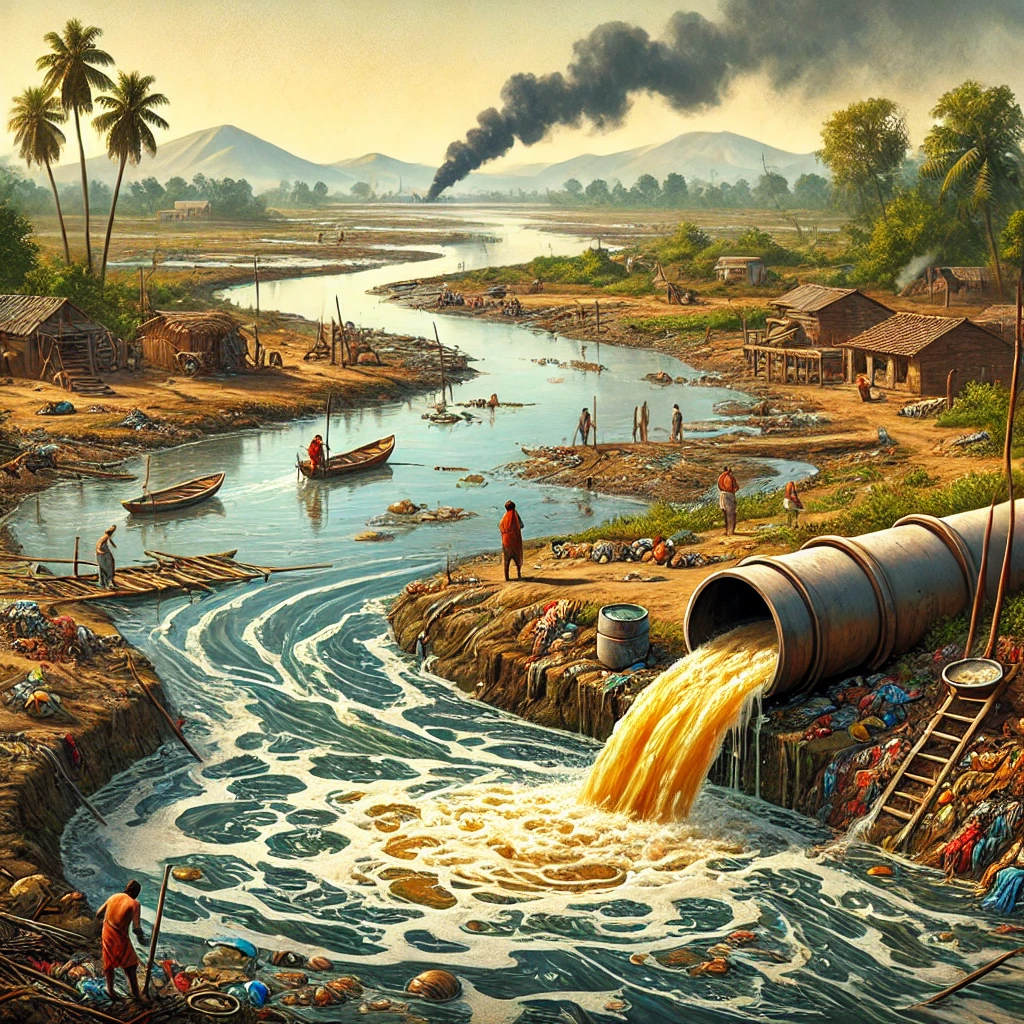🏹 Sendra Hunting in Dalma 2025
🌱 “Ae Mere Pyase Watan” Launched – Water Conservation in Jharkhand
🐯 Tiger Presence in Khunti Suspected
In a rare and ecologically significant development, the Jharkhand Forest Department has reported possible tiger presence in Khunti district after discovering footprints and signs of cattle attacks in the Taarup forest area. This has led to a wave of concern among locals and wildlife officials alike, with potential implications for human-wildlife conflict and biodiversity conservation.
Village Relocation in Palamu Tiger Reserve
After years of strategic planning and community engagement, forest officials in Jharkhand have successfully relocated Jaigir village from within the core zone of the Palamu Tiger Reserve. This marks the first complete village relocation within the reserve, setting a model for sustainable conservation. The move is expected to reduce human-wildlife conflict and increase habitat availability for wild species, particularly tigers and their prey base.
Expanding Tree Cover for Environmental Sustainability
With climate change intensifying, the push for afforestation and carbon sequestration is more urgent than ever. The opinion piece published in The Hindu on April 30, 2025, emphasises how expanding tree cover is a key strategy for India to mitigate emissions and achieve environmental sustainability.
Mahuadanr Wolf Sanctuary: A Beacon of Hope 🪶
Mahuadanr Wolf Sanctuary, India’s first and only dedicated sanctuary for wolves, located in Latehar district, Jharkhand, represents a critical step toward conserving a species often misunderstood and maligned. This important move not only highlights India’s biodiversity commitment but also offers a sustainable model for protecting other lesser-known carnivores.
🌊 NGT Questions Jharkhand on Untreated Sewage into Ganga
In a recent environmental development, the National Green Tribunal (NGT) has pulled up the states of Jharkhand and Uttarakhand over persistent untreated sewage into Ganga, raising alarm bells on the health of India’s most sacred river. Despite government claims that faecal coliform levels are under control, reality paints a murkier picture. This post dives deep into the NGT’s latest questioning, the governance issues involved, and the critical role of Sewage Treatment Plants (STPs).










